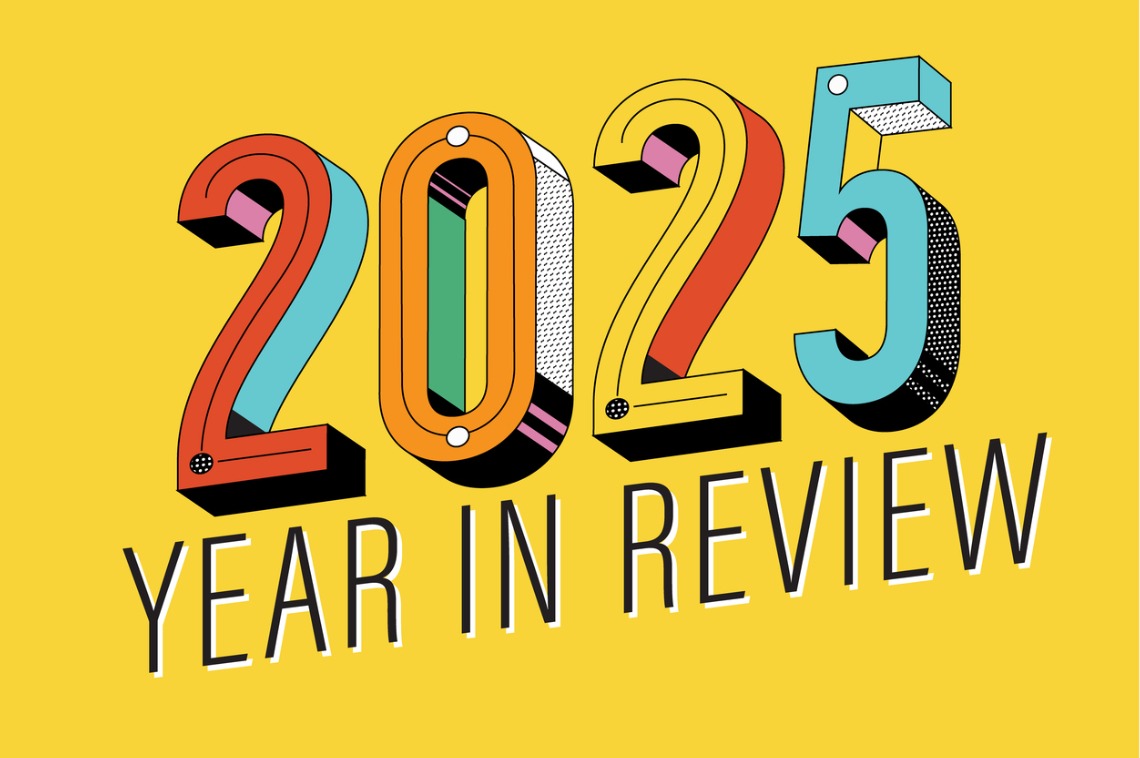I
f you haven't read Part 1, visit LongIslandPress.com and click on News to access the real estate link. Rising prices for consumer staples and goods will impact real estate as consumers bear the cost of increased tariffs. This will lead to a rise in inventory as people pull back from buying due to higher costs.
Tariffs aim to bring jobs back to the US, but this won't happen on a large scale. Instead, the billions gained from tariffs will be offset by losses from reduced consumer spending, lower sales taxes, and decreased discretionary spending. The increased pressure on consumers will harm our economy.
About half of our annual imports, $1.3 trillion, come from China, Canada, and Mexico. Only foreign corporations that can avoid tariffs and remain competitive may consider relocating to the US. We outsource manufacturing due to labor costs, as our average wage is $30 per hour compared to $7 in some countries.
Could AI bring manufacturing back? It depends on how it's used to create a profitable enterprise. Historically, tariffs have contributed less than 2% of federal revenue since the 1930s. Prior to current tariffs, 70% of imports were duty-free.
The US consumer is the largest purchaser globally, and we should impose tariffs on countries like China that manipulate their currency and restrict trade. Unfair competition undercuts our economy, causing national and international debt and trade deficits to rise. Last year's $1.2 trillion trade deficit highlights this issue.














